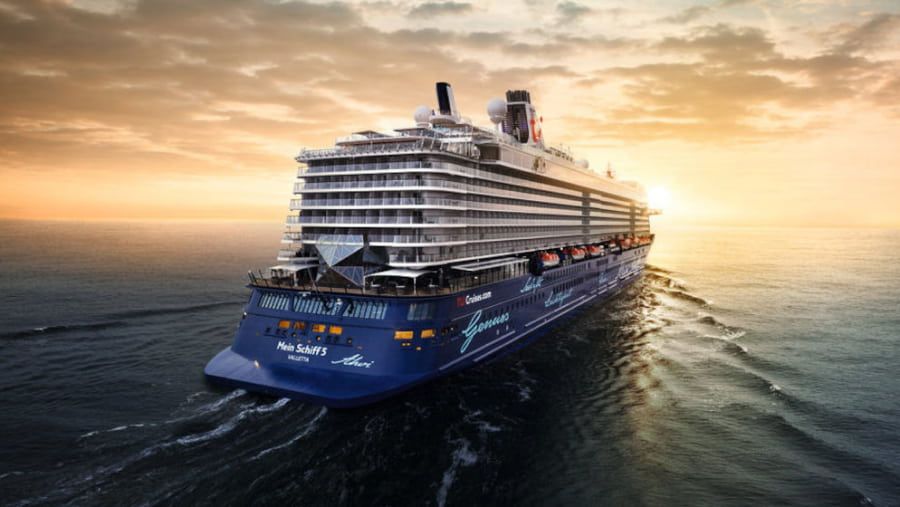Technologies in 500 Years Later: Witnessing Myriads of Impossibilities Come True
As we stand on the brink of unprecedented technological advancements, it’s fascinating to envision what the world might look like in the year 2500. From artificial intelligence to space exploration, let’s embark on a journey into the future.

A World of Artificial Intelligence
By 2500, artificial intelligence (AI) is likely to be deeply integrated into every facet of human life. Unlike today’s AI, which primarily assists in specific tasks, future AI systems will be sentient and capable of understanding and responding to human emotions. This emotional intelligence will revolutionize fields such as healthcare, education, and customer service, creating personalized experiences that cater to individual needs.
Imagine a world where AI companions not only help manage daily tasks but also provide emotional support. These companions could assist in mental health care, offering real-time analysis of emotional states and delivering tailored interventions. In education, AI tutors could adapt their teaching methods based on a student’s learning style, ensuring that every individual receives the best possible instruction.
Immersive Virtual Reality
Virtual reality (VR) technology is expected to evolve into fully immersive experiences that blur the lines between the physical and digital worlds. In 2500, VR could offer environments that engage all five senses, allowing users to experience life in different contexts—whether it’s exploring ancient civilizations, attending concerts in stunning settings, or simulating real-life challenges for training purposes.
Education and training could be transformed by this technology. Students could walk through historical events, scientists could conduct experiments in virtual labs, and professionals could hone their skills in realistic simulations. The possibilities for creativity and exploration would be limitless, fostering a new era of learning and personal growth.
Quantum Computing Revolution
The advent of quantum computing could redefine problem-solving capabilities in the year 2500. Unlike classical computers, which process information in binary, quantum computers harness the principles of quantum mechanics to perform complex calculations at unimaginable speeds. This leap in computational power could lead to breakthroughs in fields such as medicine, climate modeling, and cryptography.
Imagine being able to simulate entire ecosystems to predict climate changes with pinpoint accuracy or developing personalized medicines tailored to an individual's genetic makeup. Quantum computing could also revolutionize industries by optimizing logistics, enhancing cybersecurity measures, and driving innovations in artificial intelligence.
Space Exploration and Colonization
The year 2500 may well mark a new era of interstellar exploration and colonization. With advancements in propulsion technology, humanity could establish colonies on Mars, the Moon, and potentially other celestial bodies. Space tourism may become as common as air travel today, allowing people to experience the wonders of the cosmos.
Terraforming technologies could enable the creation of habitable environments on planets previously thought inhospitable. This could lead to the establishment of thriving communities beyond Earth, fostering a sense of unity as humanity expands its horizons. The implications for culture, society, and the economy would be profound, as new forms of governance and social structures emerge in these extraterrestrial settings.
Conclusion
The technological landscape of the year 2500 promises to be a realm of unimaginable possibilities. With advancements in artificial intelligence, virtual reality, quantum computing and space exploration, humanity is poised to embark on a journey that transforms not only how we live but also how we understand our place in the universe. As we look to the future, it’s essential to approach these innovations with a sense of responsibility, ensuring that technology serves humanity and fosters a better world for generations to come. The journey ahead is not just about what we can create, but how we choose to shape our collective future.
Guess you like
-

Navigieren durch die Annehmlichkeiten von All-Inclusive-Kreuzfahrten (Erhalten Sie tolle Angebote!)
-

A Comparison of Microsoft's Surface Book and Surface Pro Laptops
-

The Importance of Balancing Theory and Practice in Psychology Learning
-

Wet Dog Food: Provides Multiple Nutritional and Health Benefits for Pets
-

Pourquoi Devrions-Nous Connaître les Femmes Âgées Célibataires à Proximité ?
-

The Best Electronics to Buy During Black Friday 2023



